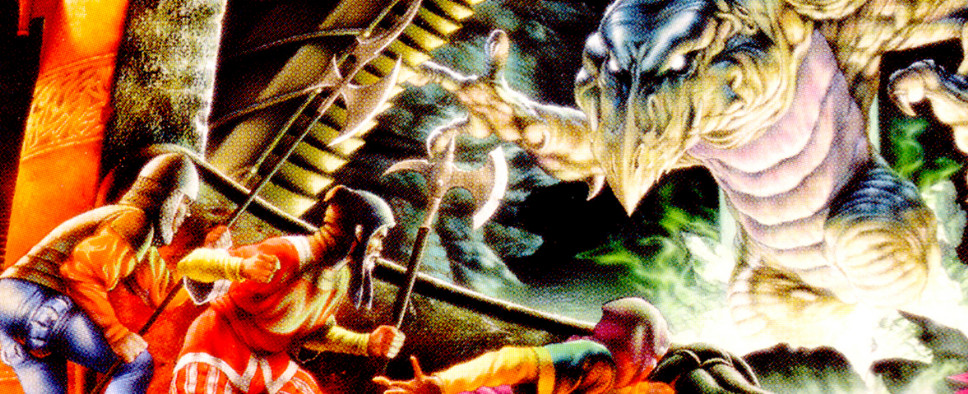Jay Barnson on Movement in Old-School RPGs
-
Category: News ArchiveHits: 3011

The research he is currently doing on the original Might and Magic: Book One - Secret of the Inner Sanctum inspired Frayed Knights developer Jay Barnson to type a blog post on movement mechanics in first-person old-school role-playing games. Legend of Grimrock is cited as a modern example that managed to learn the lessons the classics imparted:
So what goes into walking around a gridded area in these RPGs? What is the world like, and what kind of state information can be accessed or manipulated?
Well, first, you have the player's party. They have an X and Y coordinate, a facing, and a movement direction. The movement direction is usually the same as their facing direction, but not necessarily.
Then you have the map itself. For every square in the grid you may have an event tied to it, and you have four possible directions of movement which may be allowed or restricted. There are visuals representing this. If you can't go in a direction, you'll usually see some kind of wall or barrier. If movement is restricted by some means, you'll often find a gate or door of some kind. And if you can pass freely, you'll usually see nothing at all just the square beyond.
But from there, things can get really interesting. What if there's no natural illumination, causing no visual at all unless the player creates some form of light? What if the wall is actually an illusion, allowing the player passage but they have to hunt for it? What if a square allows movement into the next square, but that square doesn't allow reciprocal movement back? In other words, you find you can only move one way? What if an event is triggered not only by entering the square, but based on your facing when you enter it? Then of course, there are the infamous invisible walls. Probably not the most enjoyable gameplay option, but it's an option.
As far as events, some can mess with your state. Change your facing (an old, and somewhat annoying trick in the old days without automapping). Move you to a different location, possibly on another level (like pits dropping you to the next level), and possibly without warning or notification (leading to one of the notorious (infinite hallway) effects.)
And we can go further than this. What about the order in which the squares are entered or interacted with? How about squares that change their information based on interactions walls moving, doors opening, illumination changing, an impassible chasm turning into a bridge, etc. Or just the event triggers changing based on other events in the dungeon. How about the timing in which you enter the square?

